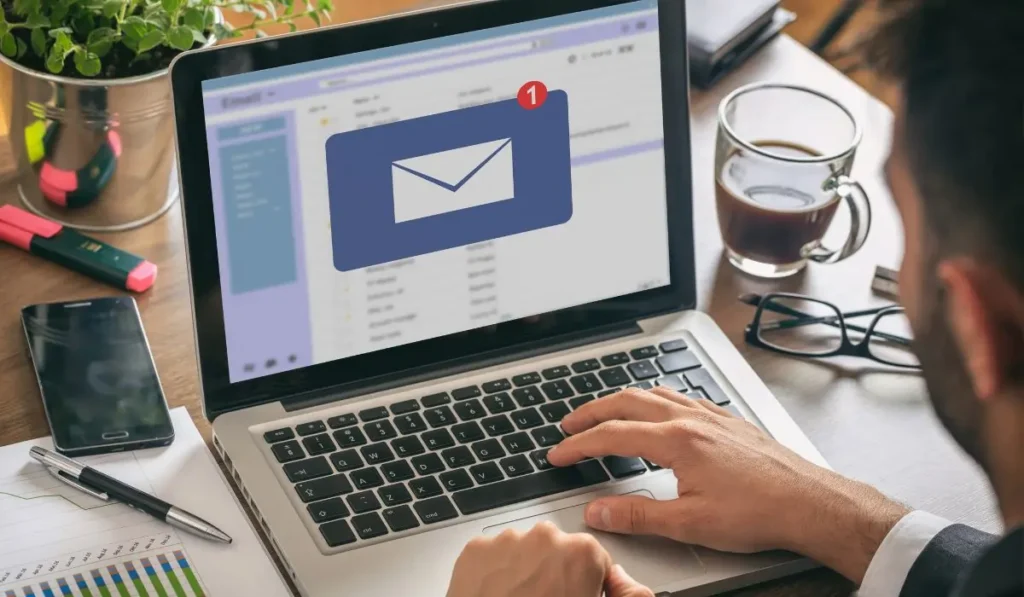Email marketing remains one of the most powerful tools in digital marketing, offering an impressive ROI of $42 for every $1 spent. However, in an age where inboxes are flooded daily with promotional messages, standing out requires more than catchy subject lines or attractive visuals. It demands precision, strategy, and most importantly, targeted segmentation. By tailoring messages to specific audience groups, businesses can significantly enhance engagement rates, drive conversions, and build lasting loyalty. This blog delves deep into email segmentation strategies and how they can revolutionize your email marketing campaigns.
What is Email Segmentation?
Email segmentation is the practice of dividing your email subscribers into smaller, more defined groups based on shared characteristics. These characteristics could range from demographics and behavior to preferences and purchasing history. Instead of sending generic emails to your entire subscriber base, segmentation enables you to deliver personalized content that resonates with individual recipients.
Why is Segmentation Crucial in Email Marketing?
Segmentation is the secret ingredient that transforms ordinary email campaigns into powerful engagement tools. Here’s why:
- Personalization: Segmented emails are tailored to the recipient’s interests, making them feel more relevant and engaging.
- Higher Engagement: Emails sent to segmented lists tend to achieve higher open rates, click-through rates, and conversions.
- Reduced Unsubscribes: When subscribers receive content they value, they’re less likely to hit the unsubscribe button.
- Better ROI: Targeted campaigns ensure that your marketing efforts are focused on the right audience, maximizing returns.
Effective Email Segmentation Strategies
To unlock the true potential of email marketing, consider adopting these proven segmentation strategies:
1. Demographic-Based Segmentation
One of the most straightforward ways to segment your audience is by demographics such as age, gender, income, or occupation.
- Why it works: Different demographics often have unique preferences and needs.
- Example: A clothing retailer can promote trendy outfits to Gen Z subscribers while showcasing professional attire to older audiences.
2. Behavioral Segmentation
Segmenting based on user actions is a powerful way to deliver highly relevant emails.
- Key behaviors to track:
- Past purchases
- Browsing history
- Time spent on specific pages
- Items left in the cart
- Example: Send abandoned cart emails reminding users of products they were interested in, paired with a limited-time discount to encourage conversion.
3. Geographic Segmentation
Segmenting by location allows you to tailor campaigns to regional needs and preferences.
- Why it works: Geography influences product demands, event promotion, and even email timing.
- Example: A food delivery app can send weather-specific promotions like “Enjoy hot soup on this rainy day” to subscribers experiencing bad weather.
4. Engagement Level Segmentation
Not all subscribers interact with your emails equally.
- Strategies:
- High-engagement users: Reward them with exclusive discounts or early access to products.
- Low-engagement users: Re-engage with enticing offers or surveys to understand their preferences.
- Inactive users: Create a win-back campaign targeting users who haven’t interacted in months.
- Pro Tip: Use engagement scores based on email opens, clicks, and website activity to categorize subscribers effectively.
5. Purchase History Segmentation
Segmenting users by their buying patterns helps create personalized cross-selling or upselling campaigns.
- Example:
- A customer who bought a camera can receive recommendations for accessories like tripods or memory cards.
- Frequent buyers can be offered loyalty discounts or subscription plans.
6. Preferences-Based Segmentation
Allow subscribers to set their preferences at signup or through a dedicated preferences center.
- Options to offer:
- Email frequency (weekly, bi-weekly, monthly)
- Categories of interest
- Preferred content types (blogs, tutorials, product updates)
- Why it works: Subscribers feel in control, increasing the likelihood of engagement.
7. Event-Triggered Segmentation
Event-based emails are timely and highly relevant.
- Examples of triggers:
- Welcome emails after signup
- Birthday or anniversary emails with special discounts
- Post-purchase follow-ups asking for reviews or feedback
- Pro Tip: Use automation tools to create seamless event-based workflows that engage subscribers at the right moment.
8. Lifecycle Stage Segmentation
Understand where a subscriber is in the customer journey—whether they are in the awareness, consideration, or decision-making stage.
- How to segment:
- New leads: Send educational content or free resources.
- Potential customers: Offer incentives like discounts or limited-time offers.
- Repeat customers: Highlight loyalty programs or exclusive perks.
How to Implement Email Segmentation
Implementing effective segmentation requires strategic planning and the right tools. Here’s how to get started:
1. Collect and Analyze Data
Start with robust data collection. Use signup forms, surveys, website analytics, and CRM integrations to gather insights about your audience.
2. Leverage Email Marketing Tools
Platforms like Mailchimp, HubSpot, or Klaviyo offer advanced segmentation features. These tools automate the segmentation process and provide analytics to measure results.
3. Test and Refine
Monitor the performance of your segmented campaigns through metrics like open rates, click-through rates, and conversions. Conduct A/B testing to determine the most effective subject lines, content, or CTAs.
4. Update Segments Regularly
Subscriber preferences and behaviors evolve over time. Regularly review and update your segments to maintain relevance and effectiveness.
Top Keywords for Email Segmentation Success
To optimize your email campaigns for SEO and audience engagement, incorporate these essential keywords:
- Email segmentation
- Email engagement rates
- Personalized email marketing
- Targeted email campaigns
- Segmented email lists
- Automated email segmentation
- Behavioral email targeting
- Subscriber engagement
Benefits of Segmentation
Investing time and effort into email segmentation yields significant rewards:
- Improved Open Rates: Segmented campaigns achieve a 14.31% higher open rate than non-segmented campaigns.
- Increased Revenue: Targeted emails drive 58% of revenue generated from email marketing.
- Enhanced Customer Experience: Subscribers value personalized content tailored to their preferences.
- Stronger Relationships: Segmentation fosters trust and loyalty by showing subscribers that you understand their needs.
Final Thoughts
Effective email segmentation strategies are the cornerstone of successful email marketing campaigns. By understanding your audience’s unique characteristics and preferences, Cafune Solutions can help you deliver highly relevant content that boosts engagement, builds loyalty, and drives sales.
Start implementing these strategies today with the expert guidance of Cafune Solutions, and watch your email engagement rates soar. Remember, the better you understand your audience, the more impactful your campaigns will be.







